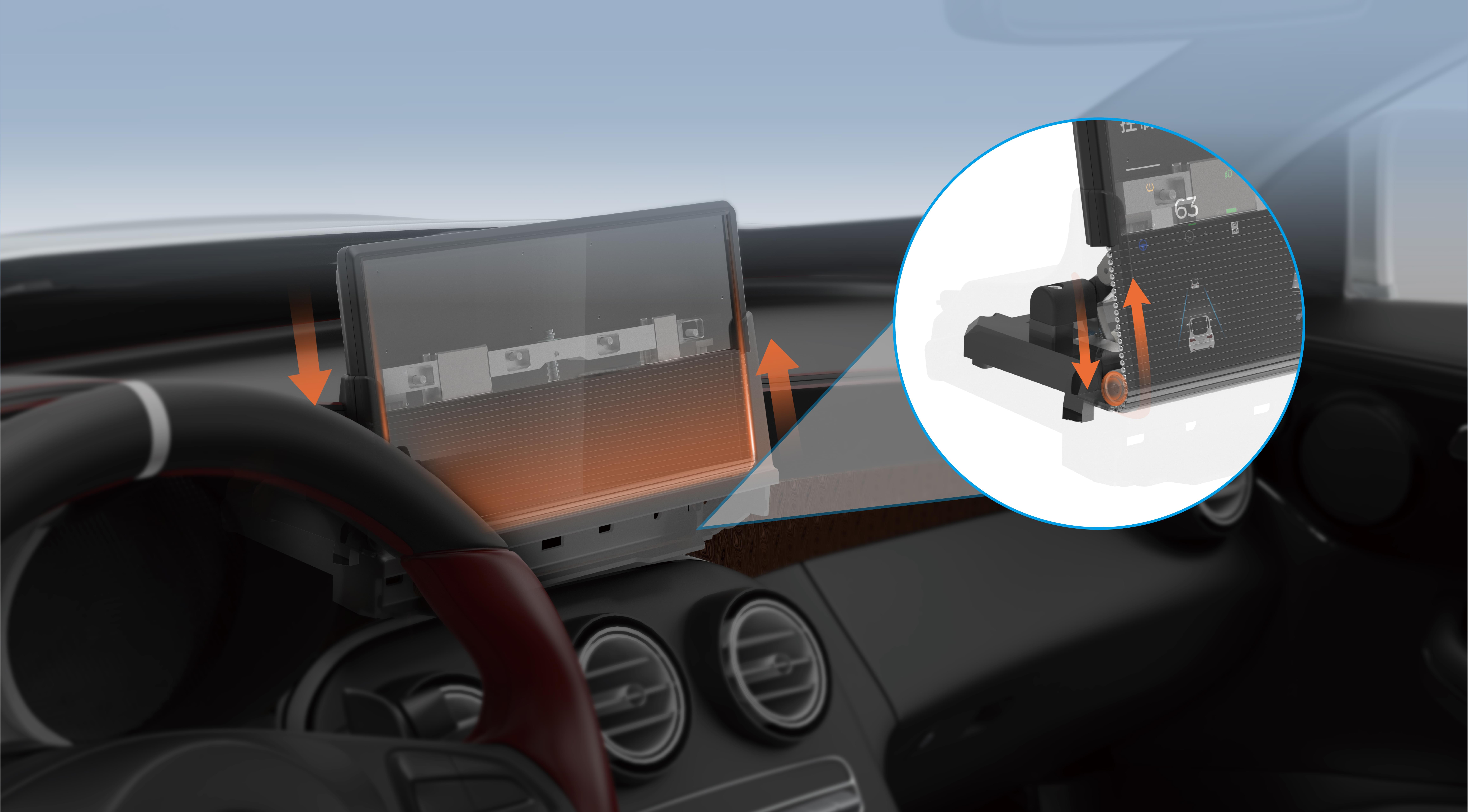When you hear terms like "API" and "microservice," they might sound like technical jargon, but they're both crucial components of modern software development. If you're curious about what sets them apart, let's break it down.

What’s an API, Anyway?
At its core, an API (Application Programming Interface) is a set of rules that allow different software applications to communicate with each other. Think of it like a waiter taking your order at a restaurant. You (the user) make a request (say, a burger), and the waiter (the API) takes that request to the kitchen (the server) and brings back your food. The kitchen doesn't need to know who you are or what you want it for – it just fulfills the order based on the API's instructions.
APIs are everywhere. From weather apps to banking services, APIs make it possible for one system to access data or services from another. If you’re using a mobile app that shows you live traffic data, that information is probably coming from an API that pulls data from another system.
And What About Microservices?
Now, let’s talk microservices. This one's a little more involved but think of it as breaking down a giant machine into smaller, specialized parts that each do their job. Imagine a delivery company that handles everything from sorting packages to driving them to your door. Instead of using one big truck, they might use different vehicles for each step, like small vans for sorting and bikes for delivery in crowded areas. Each vehicle is independent, but they all work together to get your package to you.
Microservices work in much the same way. They break down a complex application into smaller, more manageable pieces, where each piece (or service) handles a specific function, like payment processing, user authentication, or inventory management. Each service is independently deployable, which means you can update or scale parts of the system without disrupting the whole thing.
How Do APIs and Microservices Work Together?
It’s not uncommon for microservices to use APIs to talk to each other. For example, a microservice responsible for managing user data might need to access another microservice that handles orders. The two would communicate via APIs. This is where the beauty of APIs and microservices shine—APIs enable smooth interaction between the individual services that make up a microservice architecture.
A Real-World Example
Let’s say you’re using an e-commerce app. When you add an item to your cart, that’s probably managed by a “cart service,” a microservice that knows how to handle your order. But when it comes time to check out, another service—like a payment gateway—might take over. These two services likely talk to each other via APIs to ensure everything from payment to order confirmation works seamlessly.
So, What’s the Big Difference?
The main difference boils down to scope and function. An API is a communication tool—its job is to facilitate interaction between systems. A microservice, on the other hand, is an architectural approach—it's about breaking down an app into smaller, specialized services that work together.
One isn’t necessarily better than the other—they’re complementary. APIs help microservices interact, and microservices help apps scale and function more efficiently.
In the end, whether you're using an API or a microservice, the goal is the same: to make things easier, faster, and more reliable for the user. And that’s something every business can get behind.
Established in 2005, Kpower has been dedicated to a professional compact motion unit manufacturer, headquartered in Dongguan, Guangdong Province, China. Leveraging innovations in modular drive technology, Kpower integrates high-performance motors, precision reducers, and multi-protocol control systems to provide efficient and customized smart drive system solutions. Kpower has delivered professional drive system solutions to over 500 enterprise clients globally with products covering various fields such as Smart Home Systems, Automatic Electronics, Robotics, Precision Agriculture, Drones, and Industrial Automation.




































